You no doubt remember this incident which happened just over a year ago in Lafayette Park. People had been gathering at the park to protest the death of George Floyd which had just happened a few days earlier. At one point clashes with police became somewhat violent and a number of police officers were injured.
This ultimately led to a lot of mockery of President Trump when it was revealed that Secret Service has moved him into the bunker beneath the White House because there was concern about protesters breaching a fence. Trump got called #BunkerBoy and worse on Twitter and, for his part, he denied it at the time saying he’d only been in the bunker briefly during the day for an inspection.
In any case, on June 1 there was a 7 pm curfew but around 6:15 pm police cleared out Lafayette Park. Some officers used tear gas and not long after Trump walked through the park to St. John’s church where he held up a Bible. The entire thing became a big scandal.
The next day, Park Police denied using tear gas on protesters to make room for Trump’s “photo op.” After initially denying it, the Secret Service later admitted that one employee had used pepper spray in response to one individual.
Yesterday the Inspector General for the Interior Department released a report on the June 1 clearing of Lafayette Park which concluded that the motive for doing so was not to allow for a presidential photo op but to set up fencing necessitated by the protesters. Here’s the IG’s summary of what happened [emphasis added]:
Protests began in and around Lafayette Park on May 29, 2020. On May 30, the USPP and U.S. Secret Service established a unified command to coordinate the law enforcement response to the protests. From May 30 to 31, at least 49 USPP officers were injured while policing the protests, and Federal and private property was vandalized.
On the morning of June 1, the Secret Service procured antiscale fencing to establish a more secure perimeter around Lafayette Park that was to be delivered and installed that same day. The USPP, in coordination with the Secret Service, determined that it was necessary to clear protesters from the area in and around the park to enable the contractor’s employees to safely install the fence. The USPP planned to implement the operation as soon as the fencing materials and sufficient law enforcement officers arrived at the park. Six other law enforcement agencies assisted the USPP and the Secret Service in the operation to clear and secure areas near the park.
The operation began at 6:23 p.m. and was completed by 6:50 p.m. Shortly thereafter, at 7:01 p.m., President Trump walked from the White House through Lafayette Park to St. John’s Church. At 7:30 p.m., the contractor began assembling and installing the antiscale fence and completed the work by approximately 12:30 a.m. on June 2.
We found that the USPP had the authority and discretion to clear Lafayette Park and the surrounding areas on June 1. The evidence we obtained did not support a finding that the USPP cleared the park to allow the President to survey the damage and walk to St. John’s Church. Instead, the evidence we reviewed showed that the USPP cleared the park to allow the contractor to safely install the antiscale fencing in response to destruction of property and injury to officers occurring on May 30 and 31. Further, the evidence showed that the USPP did not know about the President’s potential movement until mid- to late afternoon on June 1—hours after it had begun developing its operational plan and the fencing contractor had arrived in the park.
All of this comes from the summary. The full report is available here as a pdf. It offers more detail about the timing of the clearing of the park. For instance, the exact time when the new fencing arrived on site:
The fencing contractor’s project manager told us that all the employees building the fence arrived at the White House complex by approximately 4 p.m. She further stated that the first of three semitrucks with fencing supplies arrived on site between 4 and 4:30 p.m. and was staged on Pennsylvania Avenue near the Blair-Lee House (see Figure 8). The project manager stated she could have started unloading the truck and prestaging the materials for installation by 4 p.m., but the Secret Service instructed the fencing company to wait to unload. The remaining two semitrucks arrived at approximately 5:30 p.m. and remained on 17th Street until after law enforcement officials had finished clearing the area of protesters…
At approximately 6:30 p.m., the fencing contractor expressed concern to the assistant division chief of the Secret Service’s Procurement Division about the delay in installing the antiscale fence and the increasing crowd size. Unbeknownst to the fencing contractor, the operational plan to clear the park was underway at that time. After the area was cleared by approximately 6:50 p.m., video obtained by the USPP showed that two semitrucks loaded with fencing materials entered the White House grounds to prepare to install the fence. The contractor began to unload the fencing materials and build the fence at approximately 7:30 p.m.
People also remember that AG Barr appeared in the area shortly before the park was cleared. But the IG found that his presence had no impact on the decision to clear the park which had been initiated hours earlier:
We also found no evidence that the Attorney General’s visit to Lafayette Park at 6:10 p.m. caused the USPP to alter its plans to clear the park. Both the USPP incident and operations commanders told us that the USPP had initiated the plan to clear Lafayette Park before the Attorney General arrived and that his presence had no influence on the USPP’s timeline or decisions. The evidence we reviewed also confirmed that the plan to disperse the protesters was underway before the Attorney General arrived in Lafayette Park. For example, the radio logs established that the law enforcement units were moving into position at least 20 minutes before the Attorney General arrived in the park and that the USPP incident commander completed drafting the dispersal warnings approximately 6 minutes before the Attorney General arrived in the park. The USPP incident commander also explained that the operation, which involved coordinating numerous law enforcement agencies, could not have been altered in the short period of time between the Attorney General’s arrival at 6:10 p.m. and the USPP incident commander’s first dispersal warning at 6:23 p.m. Furthermore, the USPP acting chief of police and the USPP incident commander both stated they never learned an exact time for the President’s potential movement and were unaware that he planned to give a speech in the Rose Garden that evening. Numerous witnesses, including the DCNG major and the MPD assistant chief of police, also told us it was their understanding that the USPP cleared the park to allow the contractor to build and install the antiscale fence. No one we interviewed stated that the USPP cleared the park because of a potential visit by the President or that the USPP altered the timeline to accommodate the President’s movement
Of course you can still dislike Trump for walking to St. John’s church and holding up a bible if you want to do so, but a key part of the narrative about this incident is that Trump ordered police to remove innocent people in order to get this photo op. In fact, this incident has become so central to the left’s view of Trump that I very much doubt they’ll accept these findings from the IG. Instead this will be one more thing where people on the left simply choose to remember it differently, sort of like “Hands up, don’t shoot.”
Update: Glenn Greenwald points out how quickly the false narrative about this spread on CNN.
That Park Police violently cleared Lafayette Park at Trump's behest was treated as unquestioned truth by corporate media.
Today it was revealed by the independent IG Report to be an utter falsehood. Watch how readily and easily they spread lies. From CNN on June 1: pic.twitter.com/2CG7k3GpZN
— Glenn Greenwald (@ggreenwald) June 9, 2021
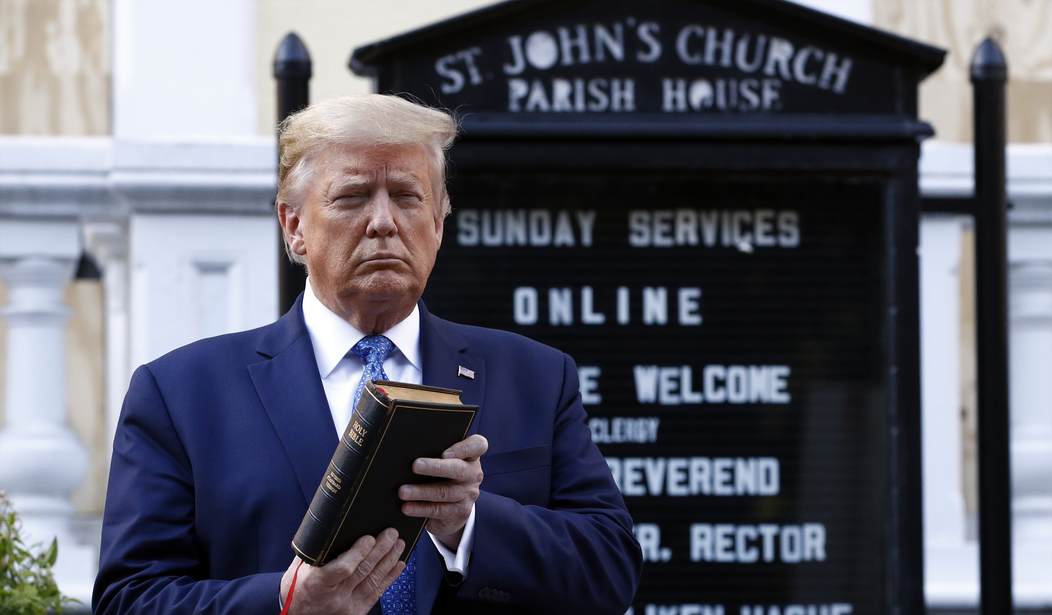
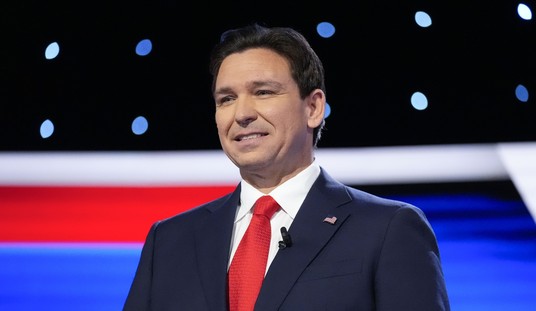
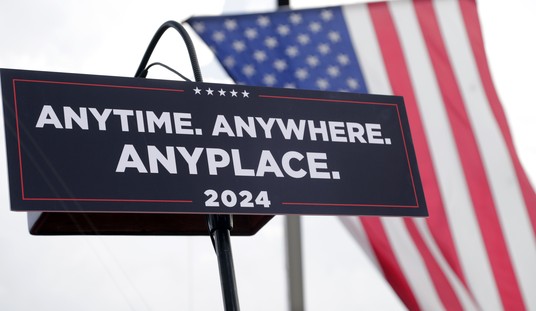

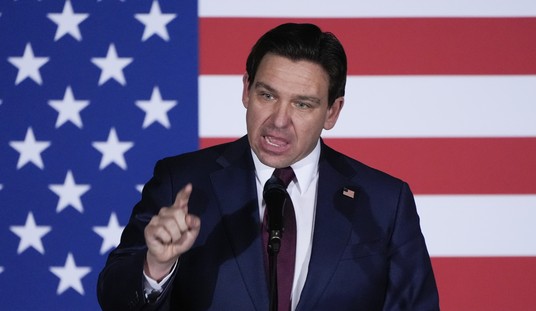

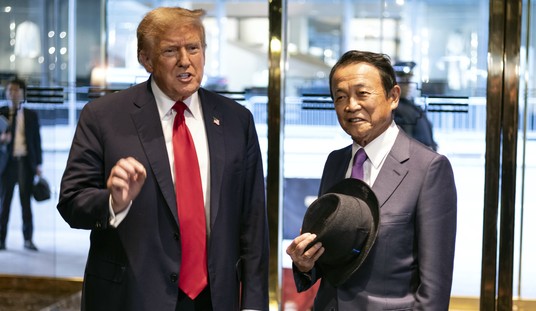

Join the conversation as a VIP Member